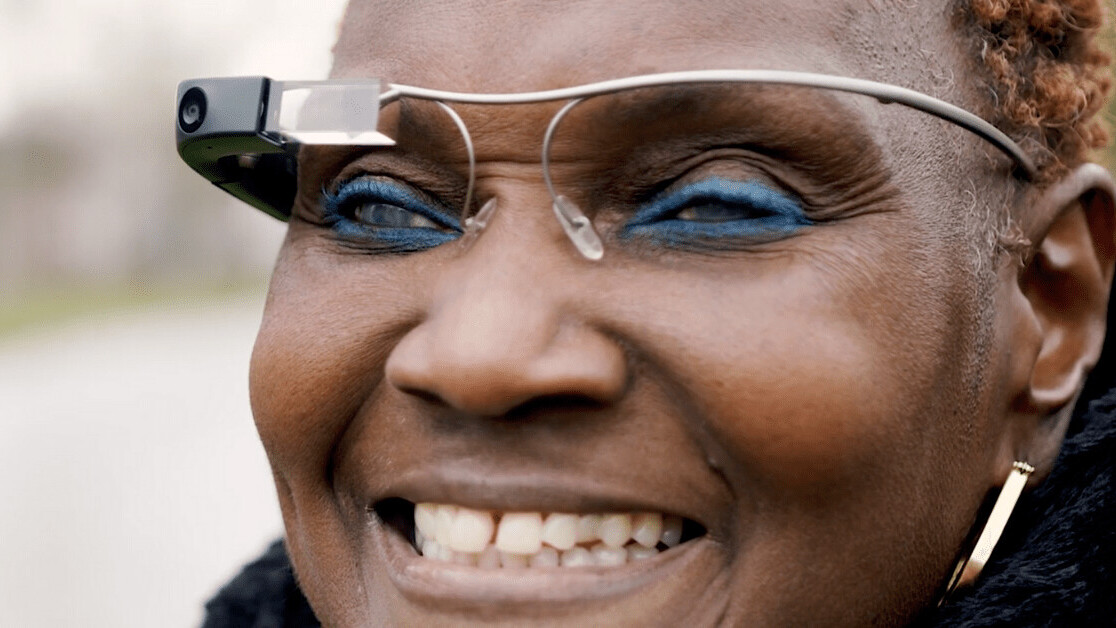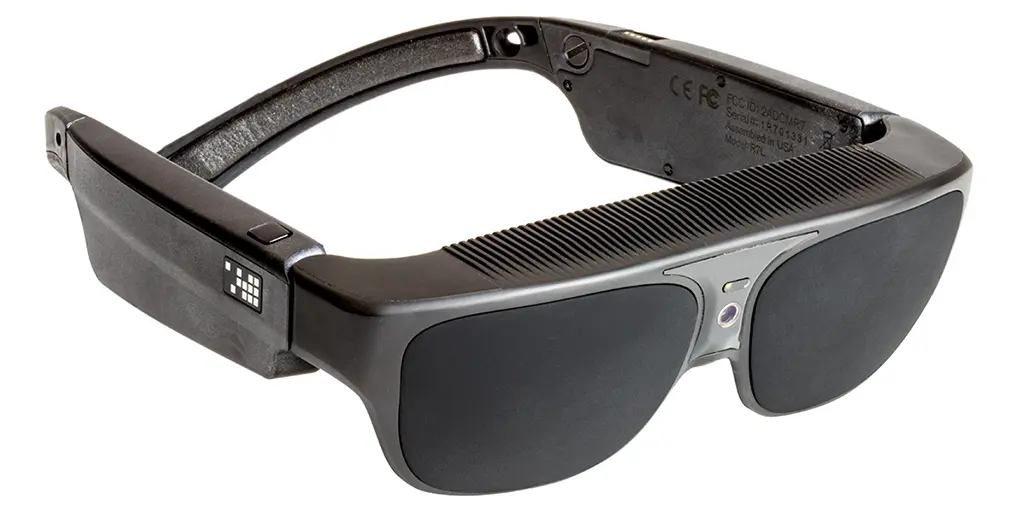Ingenious Solutions in Assistive Technology for Visual Problems
The landscape of assistive technology for visual problems is progressing rapidly, offering a series of innovative solutions that enhance availability and freedom. From advanced smart device applications that help with navigation to wearable gadgets created for real-time support, these tools are improving the experiences of those with visual impairments. The integration of clever home technologies and instructional resources has the prospective to foster greater community interaction. The implications of these developments elevate critical questions concerning their ease of access and performance in diverse contexts, requiring a better examination of their broader influence.
Advancements in Smartphone Applications
In recent years, developments in smart device applications have considerably transformed the landscape of assistive innovation for individuals with aesthetic disabilities. These applications leverage the powerful sensors and capabilities of modern smartphones to give individuals with tools that improve independence and availability in their everyday lives.
Significant amongst these innovations are applications developed for things acknowledgment, which utilize the smart device's electronic camera to determine products and provide spoken summaries. Such functions empower users to navigate their environments extra properly, whether identifying products in shops or finding personal belongings in your home. Furthermore, text-to-speech applications have actually enhanced drastically, enabling customers to capture published text through their tool's video camera and obtain split second audio responses, thus helping with reading and comprehension.
Community-driven applications have cultivated social communication and source sharing amongst individuals with visual impairments, developing an encouraging network that improves their quality of life. Generally, smartphone applications have actually ended up being important allies in advertising autonomy and access for individuals with visual impairments.
Wearable Gadgets for Navigation
Wearable gadgets for navigation have actually emerged as a groundbreaking service for individuals with aesthetic problems, supplying hands-free assistance that boosts mobility and positioning. These gadgets usually use advanced technologies, including GPS, ultrasonic sensing units, and synthetic knowledge, to supply real-time comments and direction to users as they navigate their setting.
One notable example of wearable navigating innovation is clever glasses, which can detect obstacles and relay auditory or haptic responses to the user, permitting secure and effective movement in numerous setups. Other gadgets, such as vests and belts equipped with sensors, can likewise educate users of their surroundings by giving signals concerning close-by things or modifications in terrain.
Furthermore, many wearable tools incorporate with smart device applications, enabling customers to personalize their navigation preferences and get customized route suggestions. This customization can significantly improve the individual experience, empowering individuals to travel with higher self-confidence and independence.
As modern technology proceeds to develop, the possibility for wearable navigation tools to enhance the lifestyle for people with aesthetic problems continues to be considerable, leading the method for even more accessible and inclusive environments.
Smart Home Technology Integration

Furthermore, smart appliances furnished with tactile user interfaces or acoustic feedback give user-friendly interactions that cater especially to the needs of those with aesthetic problems. Clever refrigerators can announce their materials and expiry days, while wise stoves can direct users via the cooking process with audio guidelines.
Home automation systems, such as wise buzzers and safety cameras, provide comfort by enabling users to receive informs and access live feeds through their mobile devices, improving individual safety (AI-powered visual aids). In addition, integration with smartphones and tablet computers makes certain that customers can handle their home environment from anywhere within their properties
As smart home technology remains to evolve, it holds the potential to change the living experiences of people with visual problems, promoting self-reliance and enhancing quality of life in a significantly linked globe.

Educational Tools and Resources
Access to efficient academic devices and resources is important for people with visual problems, as it equips them to engage totally in their learning experiences. Different assistive technologies have actually been developed to boost ease of access and whats the eye doctor called foster independent knowing. Display visitors, as an example, convert message into speech, enabling pupils to accessibility digital material flawlessly. AI-powered visual aids. In addition, refreshable braille displays supply responsive responses, making it easier for students to connect with composed product.
Moreover, educational software program specifically made for visually damaged individuals uses functions such as high-contrast modes and customizable message sizes. These devices suit varied understanding designs and guarantee that students can customize their educational experience to their requirements.
In addition, accessibility to digital libraries and audio books expands the variety of readily available understanding materials, making it possible for students to explore topics detailed without the limitations enforced by conventional print resources. Collaborative systems that include accessibility functions also help with group projects, ensuring that aesthetically impaired trainees can add visit this site right here meaningfully alongside their peers.
Neighborhood Support and Engagement
A robust network of neighborhood assistance and interaction is important for people with aesthetic disabilities, cultivating a comprehensive atmosphere where they can thrive. Neighborhood organizations, regional advocacy teams, and volunteers play a critical duty in giving resources, info, and companionship, which are important for enhancing the quality of life for those affected by visual problems.
Involvement activities such as workshops, social occasions, and assistance groups not just assist in skill growth yet additionally promote social communication, reducing feelings of seclusion. These campaigns encourage people to share experiences, difficulties, and successes, thereby enhancing area bonds. In addition, partnerships with neighborhood services can bring about higher availability in public spaces, better incorporating people with visual problems into the community.
Technology likewise improves area engagement via online systems that provide virtual assistance teams and sources, allowing people to connect no matter geographical barriers. By using both digital and in-person services, communities can create an extensive assistance network. Ultimately, fostering partnership amongst various stakeholders-- including households, teachers, and healthcare professionals-- makes certain that individuals with aesthetic problems get the all natural support essential to navigate everyday life efficiently and with self-respect.
Conclusion
Ingenious remedies see this page in assistive technology for aesthetic disability considerably boost the top quality of life for people dealing with these difficulties. The assimilation of smart device applications, wearable gadgets, smart home technology, and educational tools fosters greater freedom and ease of access.
The landscape of assistive innovation for visual disability is developing swiftly, presenting an array of ingenious services that enhance access and self-reliance. Community-driven applications have cultivated social interaction and source sharing among people with aesthetic impairments, producing a supportive network that enhances their top quality of life. In general, smartphone applications have come to be important allies in promoting freedom and ease of access for individuals with visual problems.
Several individuals with visual impairments are locating greater autonomy via the integration of wise home technology.Ingenious solutions in assistive modern technology for visual disability significantly boost the quality of life for people dealing with these obstacles.